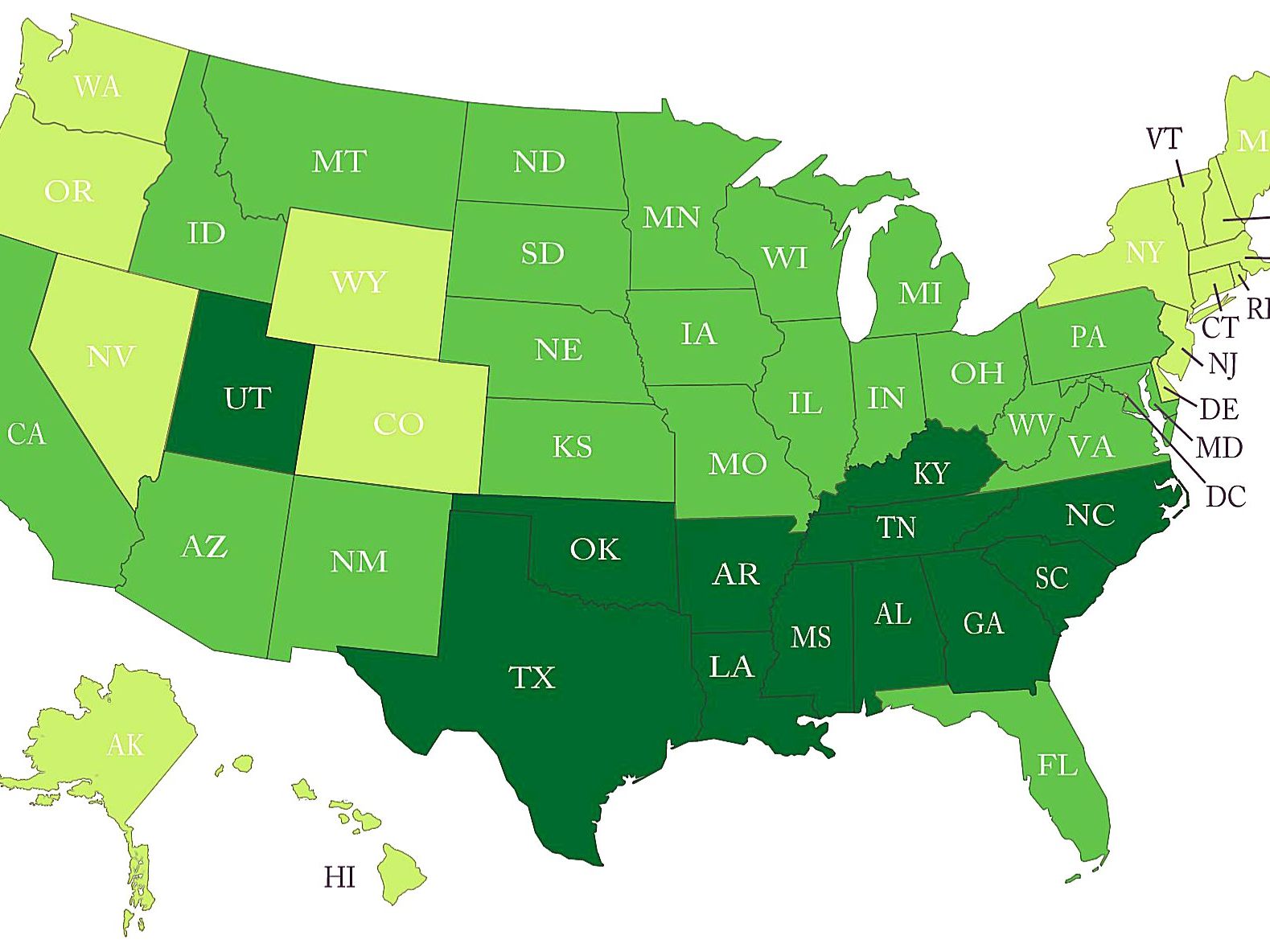Where Bassett's story falls apart, however, is in the description of the
'effigy' that he claims was hung
'from the ceiling.' For starters, the ceiling in Memorial Coliseum is suspended so high off the floor that there is no realistic way that someone could hang something from it, without the use of a high-reach or in a few spots a large ladder. Neither is it clear how an effigy would be hung, given that the ceiling of Memorial is flat (i.e. there's no accessible rafters etc. to hang something from.)
The other critical problem is that
there is absolutely no record or recollection of this incident happening from anyone else.
For the record, I did talk with Mr. Bassett himself about his claim. He did still maintain that he saw 'something', albeit for a brief time. But he didn't provide any specific details as to what it was, where specifically it was located within Memorial Coliseum or why he thought Rupp was behind it.
Beyond talking with Mr. Bassett, I questioned administrators and support staff who were at the University of Kentucky at the time, including then-sports information director Russell Rice, and they all completely deny that such an event happened. In fact they were offended that the claim was even made and annoyed it was taken seriously by others.
University of Georgia officials, who were also at the school during that time period, also don't recall such an event occurring.
Numerous players and support personnel for both teams were questioned about this and none recall this incident. More critically, of a handful of Bassett's own teammates, not only don't they remember seeing an effigy, but none remember something as memorable as offering to sit out a game to support their teammates over what would seem such a controversial event.
Beyond all of this, looking back through the newspaper articles which covered the games (including the
The Atlanta Journal,
The Atlanta Constitution and UGa's student newspaper
The Red and Black), none mention or even hint that something had been amiss before, during or after the game. One would think that if an incident had indeed occurred that someone would have mentioned it somewhere ?
Or
surely at least the coach of Georgia would know about it and be incensed ? But again there's no hint of animosity. It is noteworthy that by all indications UGa Coach
Ken Rosemond and Rupp were on good terms prior to these games. More germane to the issue at hand, soon after these two UK-UGa games in 1972,
Rosemond wrote to Rupp asking for a letter of recommendation to be considered for the head coaching position at Duke; so it appears that Rosemond and Rupp stayed on a good terms.
...
Strangely, the year before this article appeared, the book
Across the Line by Barry Jacobs was published about the struggles that black basketball pioneers in the ACC and SEC experienced. Both Bassett and Hogue were interviewed extensively for this book.
A complete 23-page chapter was devoted to their time at the University of Georgia and covered a number of racial incidents and topics, yet this particular incident wasn't mentioned at all. Maybe someday Bassett's own book will solve this mystery ?
As far as
The New York Times, this is where things actually get interesting. After talking directly with the author of the article (Chris Hine), the sports editor (Tom Jolly) and the managing editor at the paper, it was clear that this particular claim in the article
should never have been published in the first place.




